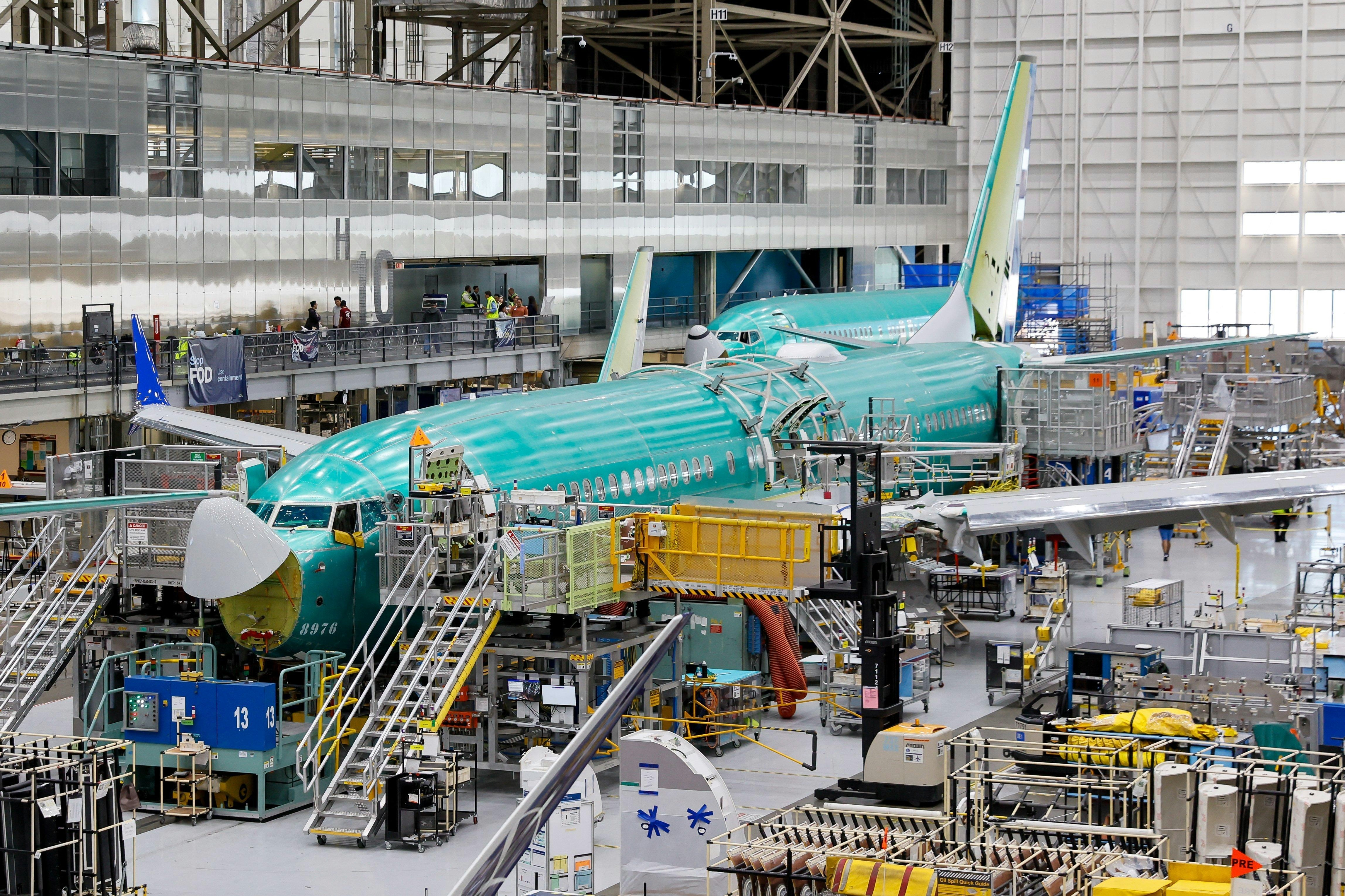
AeroGenie – Ihr intelligenter Copilot.
Trends
Categories
23 Years On, the 737-800 Remains the Core Narrowbody for a Major $20 Billion Airline
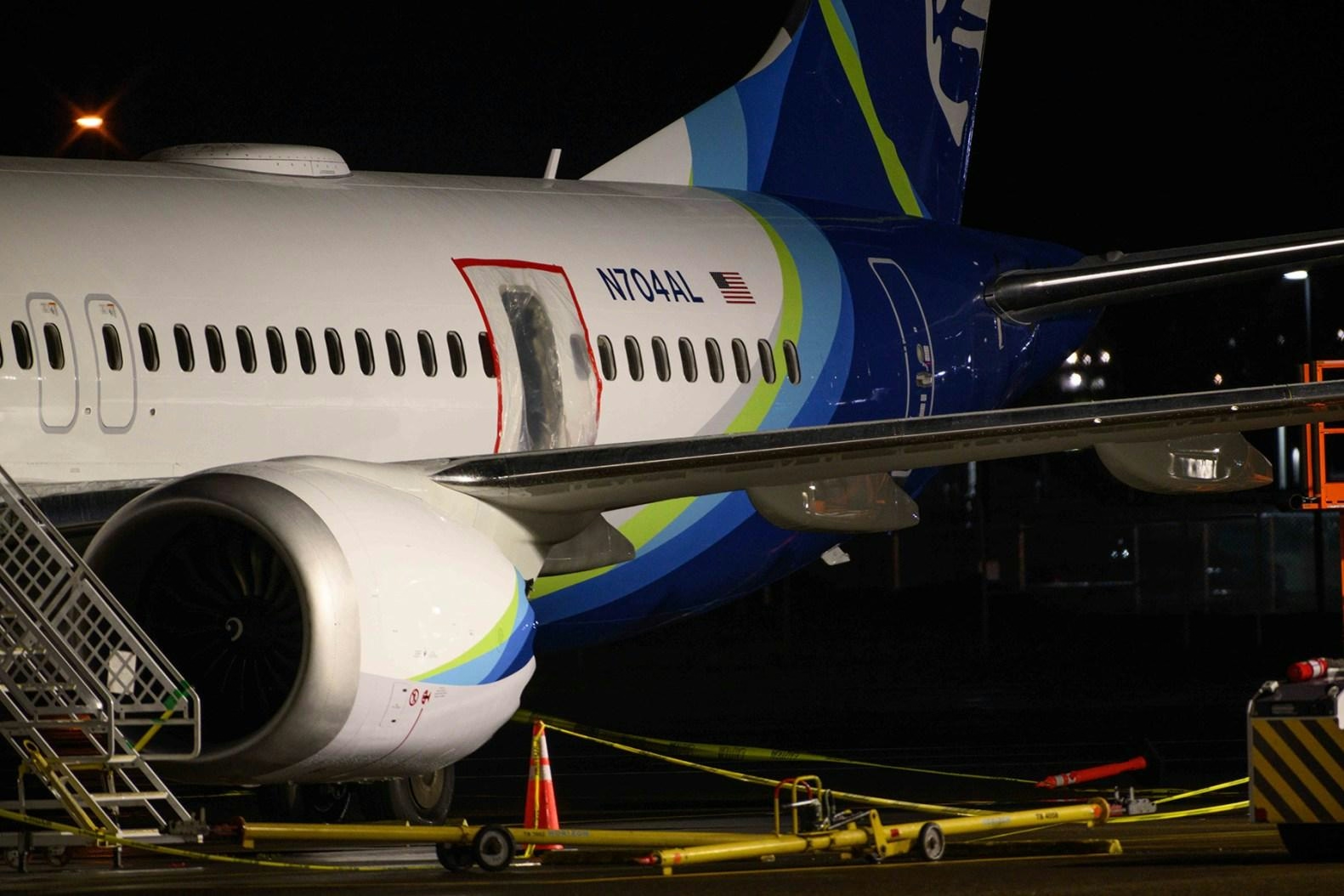
23 Years On, the 737-800 Remains the Core Narrowbody for a Major $20 Billion Airline
Qantas, Australia’s flag carrier and the largest airline in Oceania by fleet size and international reach, continues to depend on the Boeing 737-800 as the cornerstone of its domestic and regional operations. Despite the aircraft’s introduction more than two decades ago, the 737-800 remains the sole mainline narrowbody jet in Qantas’ fleet. It serves over 60 domestic destinations, efficiently managing routes that can extend up to five hours—typical for cross-country flights within Australia.
This strategic fleet simplification offers significant operational benefits. By standardizing on the 737-800, Qantas reduces training and maintenance expenses, streamlines logistical processes, and enhances scheduling flexibility. The aircraft’s adaptability and cost-effectiveness on both short-haul and longer domestic routes have rendered it indispensable to the airline’s network.
A Legacy of Fleet Evolution
Since its establishment in 1920, Qantas has operated a diverse range of aircraft, beginning with the Lockheed L-749 Constellation in its early years and progressing to the iconic Boeing 707 and 747 jets that propelled its international expansion. During the 1980s, the airline operated an all-747 fleet before introducing the Boeing 767 in 1985. Although Qantas contributed to the development of the Boeing 777, it never incorporated the type into its fleet. Instead, the airline became an early adopter of the Airbus A380, taking delivery of 12 superjumbo aircraft from 2008 onwards. While the A380s were temporarily grounded during the COVID-19 pandemic, 10 have since returned to active service.
Qantas’ association with the Boeing 737 began with its acquisition of Australian Airlines in 1992. Over the years, the airline has consistently modernized its narrowbody fleet, ultimately consolidating around the 737-800 model.
Current Fleet Composition and Industry Challenges
At present, Qantas operates a mixed fleet comprising 45 widebody and 71 Boeing narrowbody aircraft. Its Airbus A330-200s and A330-300s have average ages of 17 and 20 years, respectively, while the A380s average just under 16 years. The Boeing 787 Dreamliner fleet is the youngest, with an average age slightly exceeding six years.
Qantas’ continued reliance on the 737-800 occurs amid broader challenges facing the aviation industry. Boeing, the manufacturer of the 737, is contending with ongoing supply chain complexities and regulatory scrutiny. Production of the 737 is currently limited to 38 units per month due to Federal Aviation Administration (FAA) restrictions, a constraint that influences delivery schedules for airlines such as Qantas. Recent safety incidents, including the Alaska Airlines mid-air fuselage failure, have attracted attention from the National Transportation Safety Board (NTSB) and may impact market confidence and future aircraft orders.
Despite these obstacles, Boeing reported robust order activity in June 2025, securing commitments for 54 new 737s and 62 787s. Meanwhile, competitors like AirAsia are intensifying their focus on narrowbody fleets to fuel global expansion, underscoring the continued industry emphasis on efficient and versatile single-aisle aircraft.
As Qantas navigates a complex global aviation landscape, the 737-800 remains central to its operations, balancing proven reliability with the evolving demands of a $20 billion airline.
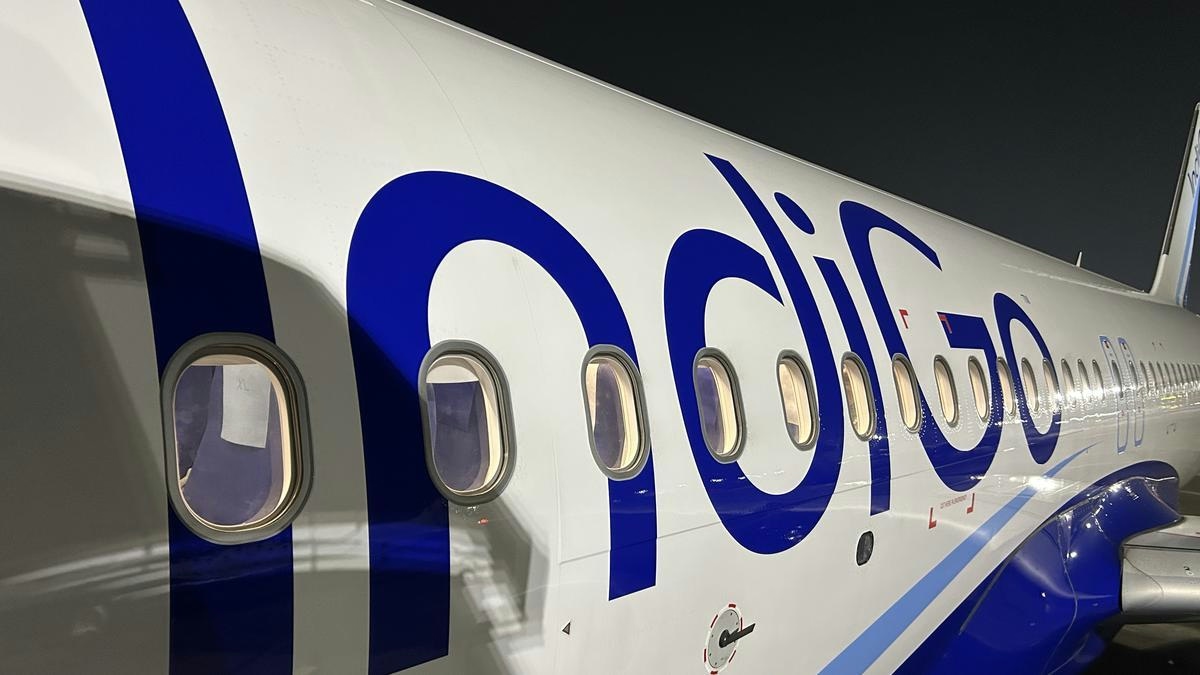
IndiGo to Deploy Wide-Body Aircraft on Vijayawada-Hyderabad Route, Says MP
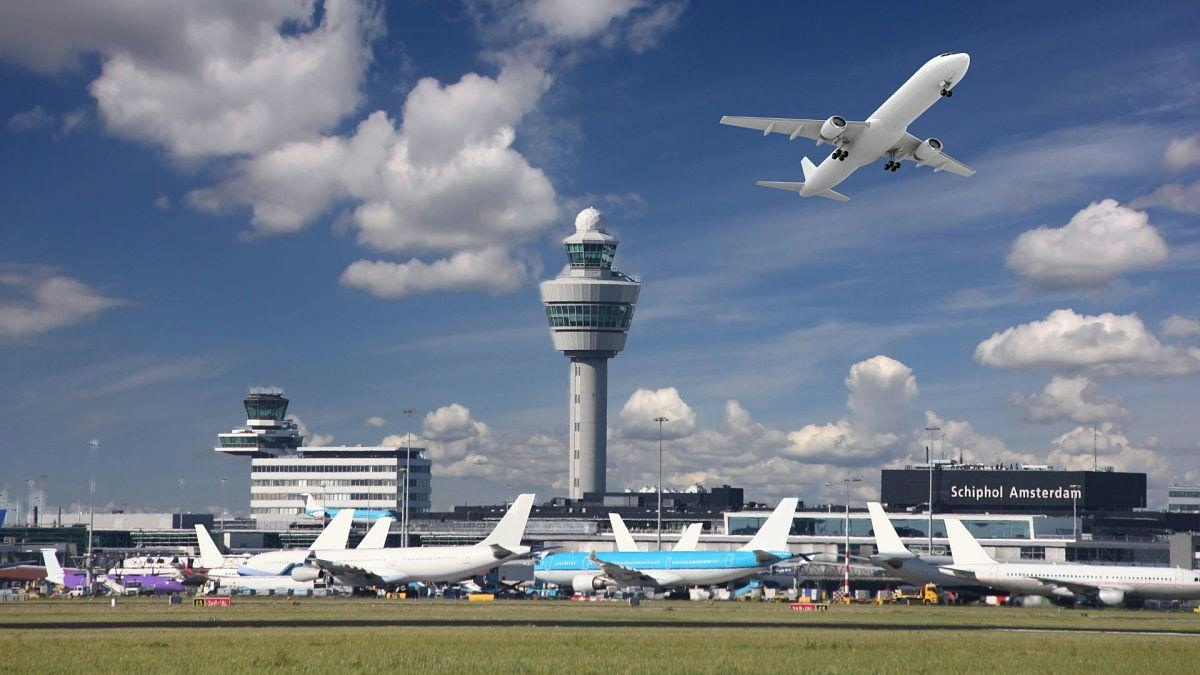
Europe Unveils New Aviation Strategy to Promote Cleaner, Faster Flights
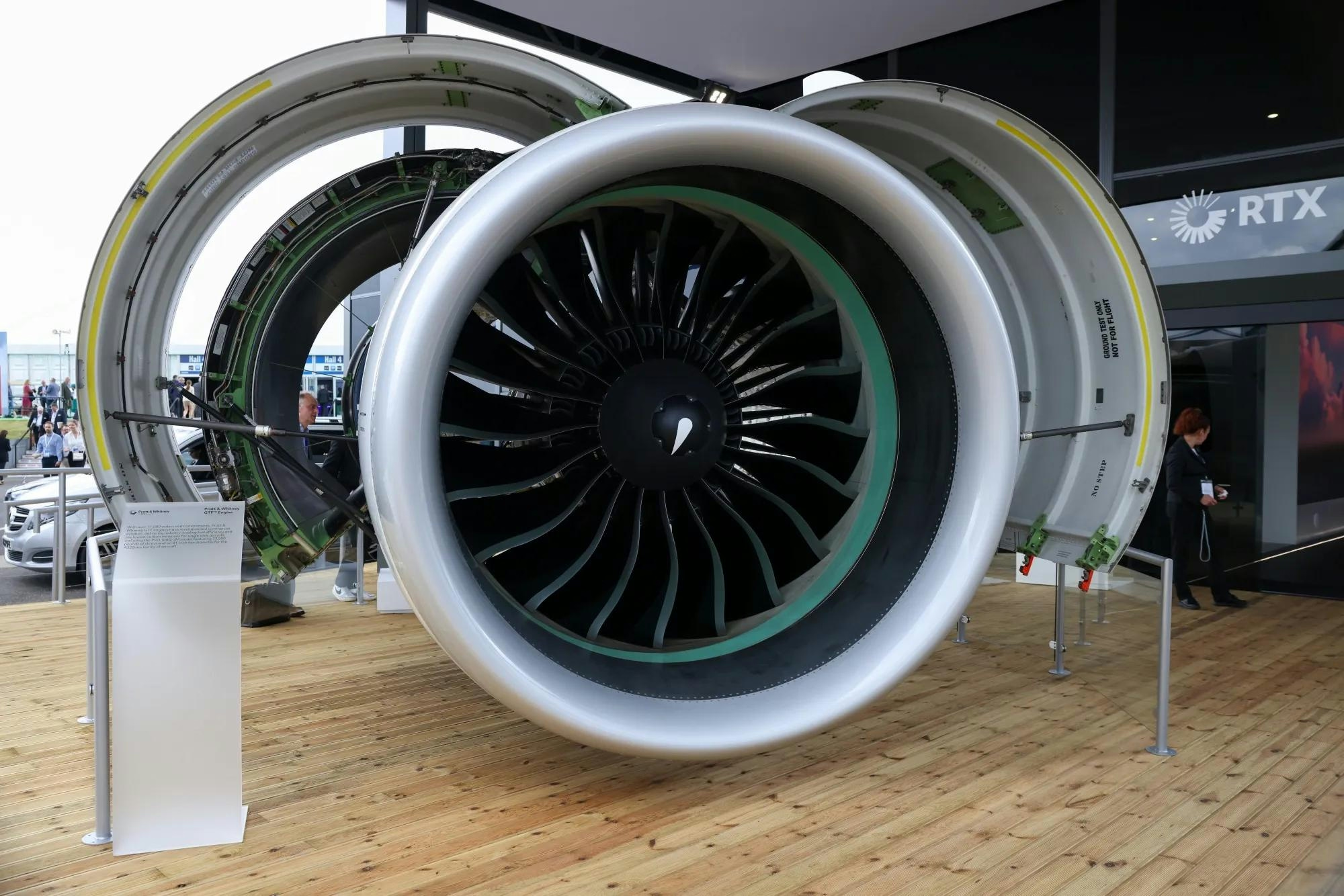
Spirit Signs Agreement with Pratt & Whitney Units on Aircraft Engines

ADB SAFEGATE Receives Industry Awards for Marketing, R&D, and Social Impact

GA Telesis Secures Five-Year Landing Gear Overhaul Agreement with Major U.S. Carrier

Government Strengthens Aviation Safety Framework Amid AI-171 Investigation
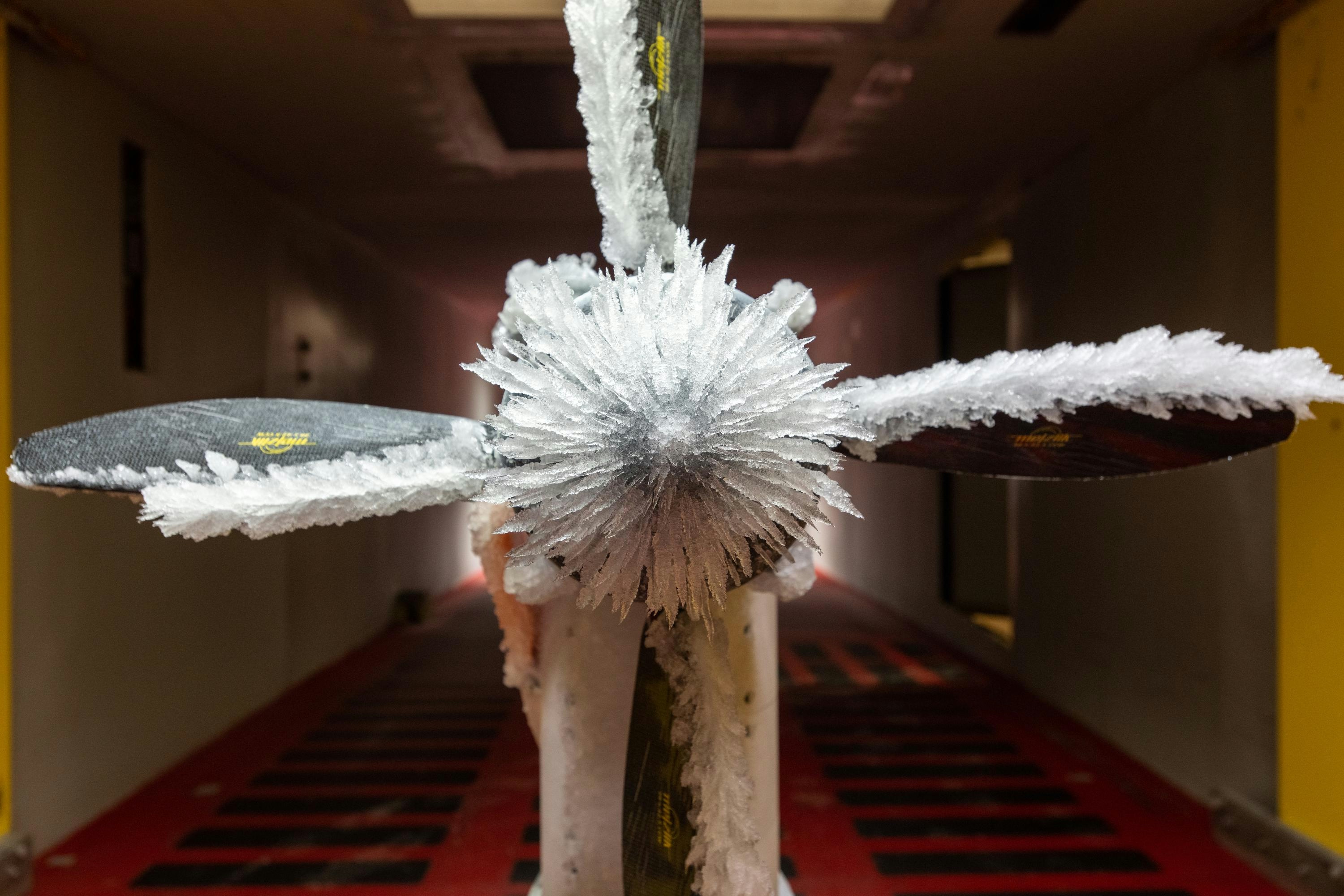
NASA Software Raises Bar for Aircraft Icing Research

Dans and Emirates Aviation University Partner on AI Air Traffic Management Research
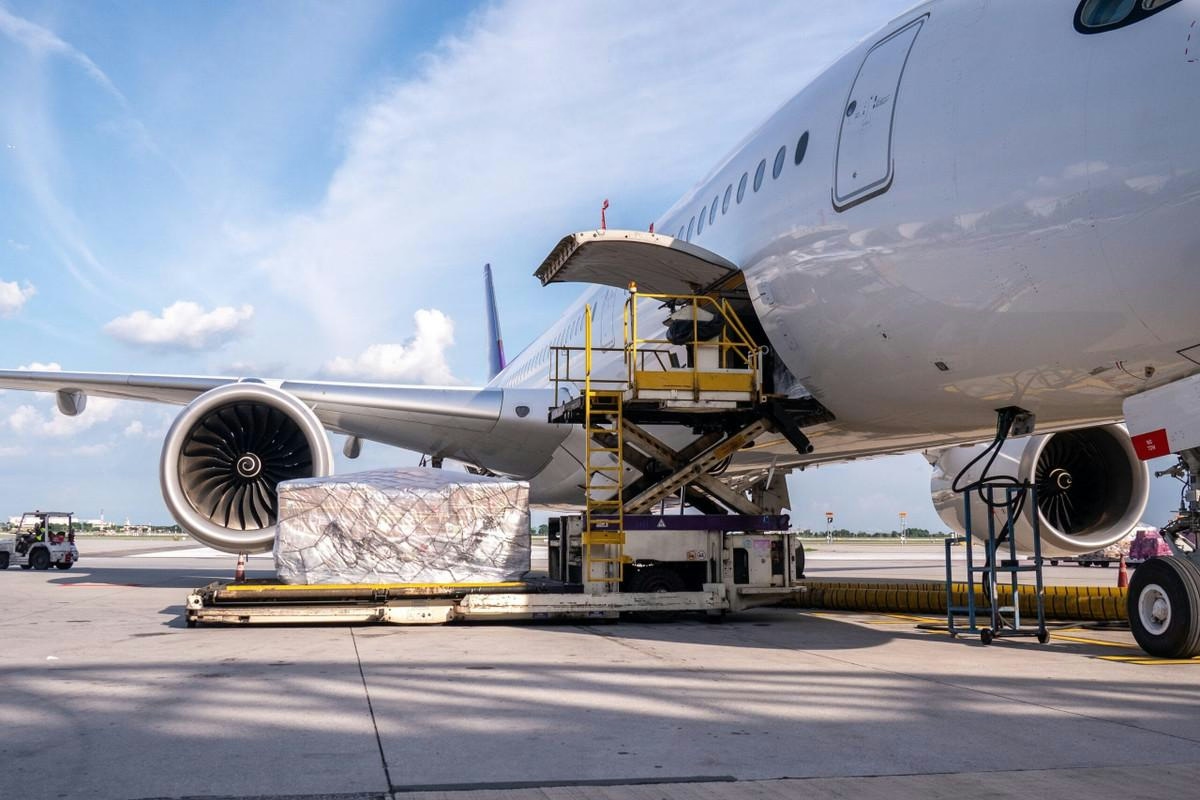
Nigus and AXISCADES to Develop Nigeria’s First Major Aviation MRO Hub
